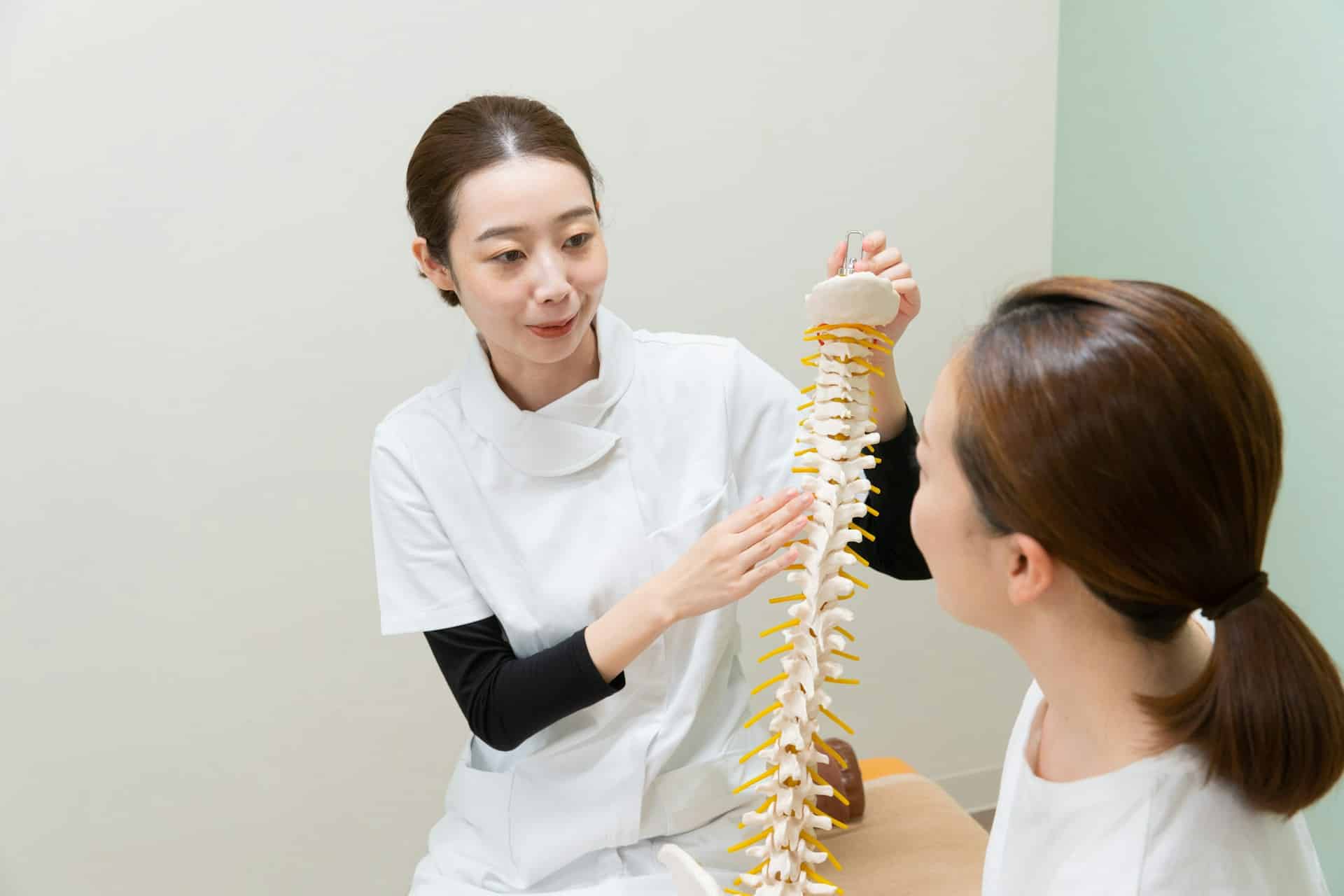Back pain shows up in a lot of different ways. Whether it’s shooting down your leg, stuck in your lower back, or a twinge when you move the wrong way, it can keep you from doing everyday things. If that pain sticks around too long, it can slowly wear away at your comfort and energy. That’s where spinal decompression therapy can make a big difference. It’s designed to relieve pressure in your spine, and when done right, it can help ease stubborn pain tied to several common spinal conditions.
Some back problems don’t respond well to simple rest or stretching. In cases like that, non-surgical options like decompression therapy offer another chance to feel better. Different conditions benefit from the treatment in different ways. Let’s walk through the most common issues that respond well to spinal decompression therapy and why it works for each one.
Understanding Spinal Decompression Therapy
Spinal decompression therapy is a type of treatment that uses slow, controlled stretching to gently open up the spaces between your backbones. This change in pressure helps pull herniated or bulging discs back where they belong. It also takes stress off nerves that may be pinched or irritated. This pressure relief gives sore areas a chance to heal while reducing sharp or radiating pain.
The treatment is usually done with a special table that moves in specific ways to stretch the spine at the right angles and speeds. It’s not like cracking or twisting. The machine does the work while your body stays relaxed. A trained provider watches and adjusts the session as needed so it stays safe and comfortable.
People who often benefit from this therapy include those struggling with:
1. Ongoing lower back or neck pain
2. Pain linked to disc issues
3. Nerve compression symptoms like tingling or numbness
4. Tightness and stiffness that hasn’t improved with rest
Everyone’s body reacts differently, but for the right condition, this approach can help ease pain without the need for surgery or heavy medication.
Herniated Discs
A herniated disc happens when the soft inner part of a spinal disc pushes through its outer layer. This can put pressure on nearby nerves, leading to pain, tingling, numbness, or even weakness in an arm or leg. It’s a problem that tends to get worse if the disc stays out of place and keeps pressing on those nerves.
Spinal decompression therapy helps by gently widening the space between your vertebrae. This shift can pull the herniated part of the disc back toward its proper place. As the disc repositions, pressure on the nerves drops. Over time, this can lead to reduced pain and less discomfort during daily activities.
Think of it like a jammed drawer. If you don’t ease the tension, it stays stuck. But if you move it the right way, it slides back into place. For many people with herniated discs, decompression works a lot like that.
This kind of therapy is especially helpful for herniated discs in the lower back and neck, where it’s more common to feel pain that radiates down the arms or legs. When pressure goes down, mobility often improves, and it becomes easier to move without flinching or bracing for pain.
Treatment usually involves multiple sessions planned out over a few weeks. The idea isn’t to fix everything in one go, but rather to gradually relieve the stress on that injured disc and give your body time to heal.
Degenerative Disc Disease
Degenerative disc disease isn’t exactly a disease—it’s a condition that happens as spinal discs lose moisture and shape over time. These discs sit between the bones in your spine and act like cushions. When they start to wear down, there’s less space between your vertebrae. That can lead to stiffness, pain, and even pinched nerves.
Spinal decompression therapy can be a good treatment for this condition because it increases space between the vertebrae, helping restore some of the pressure balance in the spine. With that extra room, the spine isn’t grinding or compressing in the same way anymore, and that can ease pain levels.
People with degenerative disc issues often feel pain when they sit or stand for long periods, or when they bend and twist. After a few sessions of decompression therapy, everyday movements like tying shoes or walking up stairs may start to feel easier.
One benefit is that the therapy focuses on reducing friction and tension in a slow, measured way. This makes it a gentle option for people who might not want or be ready for surgery. While it doesn’t reverse disc wear, it can help lessen the stress on your back and make movement more manageable.
Sciatica Pain and Decompression Therapy
Sciatica pain happens when the sciatic nerve, which runs from the lower back through the legs, gets irritated or compressed. This kind of pain can feel sharp, burning, or like pins and needles. It usually starts in the lower back and shoots down one side of the body. Some people also notice numbness or weakness in the leg or foot.
One common cause is a bulging or herniated disc pressing on that nerve. That pressure sends pain signals that travel down the nerve. Spinal decompression therapy can help by decreasing that pressure. By gently stretching the spine, the therapy opens up more room around the discs and nerves. When the nerve has more space, it’s no longer being squeezed, and pain often starts to ease up.
Sometimes, people feel relief after just a few sessions. Other times, it takes a little longer as swelling goes down and movement improves. This therapy doesn’t involve shots or strong medications. Instead, it relies on steady traction to take the pressure off and help inflamed nerves calm down naturally.
Many North Fort Myers residents dealing with long-term sciatic pain have trouble sitting at work, standing in line, or even sleeping through the night. If bending down to pick something up sparks that sharp leg pain again, decompression treatment might be worth exploring.
Spinal Stenosis and Pressure Relief
Spinal stenosis is a condition where the open spaces in the spine get narrower. When that space shrinks, nerves can get trapped. People with this condition often feel tightness or heaviness in their legs when walking for a while, along with back pain or tingling. It’s most common in the lower back or neck and can slowly get worse over time.
With spinal decompression therapy, pressure built up in tight spots is gently released. This makes space along the spine where things have been crowded. The more room the nerves have, the less likely they’ll send pain signals. Over time, this can help reduce that dragging, aching pain that makes it hard to walk or stand for long.
Here’s how decompression therapy can help those with spinal stenosis:
1. Boosts room for the spinal cord and nerves to move freely
2. Eases pinched nerve symptoms like tingling, cramps, or leg weakness
3. Supports better posture and more balanced movement
4. Makes it easier to do light exercise or stay active without flaring up pain
While spinal stenosis isn’t something that goes away completely, treatment can help control it. A focused plan that includes spinal decompression may offer a good way to improve comfort and function.
Support for North Fort Myers Patients with Spinal Conditions
Spinal decompression therapy offers real help for several lasting back conditions. Whether it’s a herniated disc, sciatica, degenerative disc disease, or spinal stenosis, the key lies in taking pressure off the right spots. With a steady and guided approach, the spine gets a chance to heal in ways that improve daily comfort and movement.
This kind of care isn’t just about short-term relief. For many, it helps bring back simple joys like driving without aches, working without stiffness, or sleeping better through the night. That’s the kind of back pain relief that means something.
If you’re in North Fort Myers and dealing with one of these common spinal issues, keep in mind that not every treatment works for every person. But with the right kind of gentle therapy, there’s a real chance to get back to doing more with less pain. Talking with someone who knows your condition well can help guide you in the right direction, especially when surgery or medication might not feel like the best first step.
Discover how much better your back can feel with the right care. Learn more about how spinal decompression therapy near North Fort Myers can make everyday activities more enjoyable and comfortable. Grace Medical & Chiropractic is here to support your journey toward lasting relief and better movement.



